Table of contents of the article
ToggleBlack cutworm poses a major threat to vegetable crops, snapping stems and weakening plants. In this article on your website, World of Plants, we will learn about its life cycle and how to combat it effectively
Symptoms of black cutworm
Name of the diseaseBlack cutworm Agrotis ipsilon Agrotis ipsilon
Scientific name: Agrotis ipsilon
Type of disease: Insect type
Disease family: Noctuidae
Black cutworms attack a variety of crops at all stages of development, but prefer newly grown seedlings. Damage can be severe if there are large numbers of caterpillars in the field at the time of seedling emergence and there are a lot of weeds around the field. Young larvae feed near the ground on weeds or corn seedlings, if available, and leave small irregular holes on tender leaves. Their older larval counterparts hide in the soil during the day and emerge at night to feed on the bases and trunks of plants. It can also pull small seedlings underground. Cutting the stems at ground level leads to damage to the developing tissue, poor growth, or death of the plant. maybe For worms Rodents also dig holes in the trunks of old plants and trees, which can lead to the plants withering and tilting to become parallel to the ground.
Causes of black cutworm
Black cutworms are robust moths with a mottled body and greyish-brown color. It also has brown to dark brown forewings with darker markings towards the outer edge, and white hindwings. They are also nocturnal moths that hide in the soil during the day. Females look similar to males but are somewhat darker.
The female lays bright white eggs (which later turn light brown) singly or in clusters on plants, on moist soil or in soil cracks. Larval hatching is highly temperature dependent and can disperse from 3 to 24 days (at 30°C and 12°C, respectively).
As for the whistling larvae, they are light gray in color, have a smooth, greasy, sticky appearance, and range from 5 mm in length. The large larvae are dark brown in color. It is up to 40 mm long, with two yellow dotted bands down the back.
It oozes by feeding during the day and night and can be found in a C-shaped ball in yellow tunnels close to the surface under the soil surface.
Suitable conditions for the spread of black cutworm
The most dangerous generations are those that appear in the fall and winter, and the generation that appears in the fall and spring.
Developmental cycle of the black cutworm
Eggs are laid individually or in small groups on the lower surface For leaves and may be applied to stems Or fallen leaves. The female lays (1500-2000) eggs. The eggs hatch after a period of (3-20) days, depending on the temperature and humidity. The larvae have six larval stages, and the larval stage takes (1-3) months (depending on the season of the year).
When pupating, the fully-grown larvae choose a high place in the field to make a hole in it to a depth of (3-4) cm. This hole is lined with a smooth cocoon of silk so that it cannot enter it. The pupal stage takes (2-3) weeks, then it turns into an adult insect, which lives for about (2). -3) A week too.
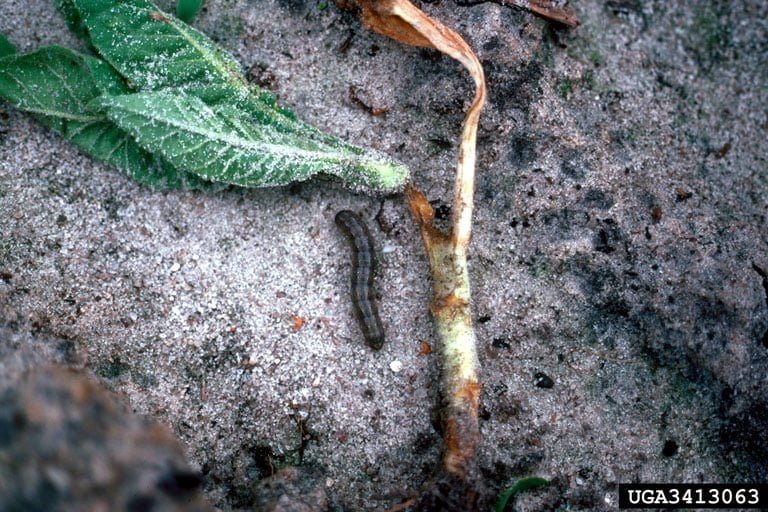
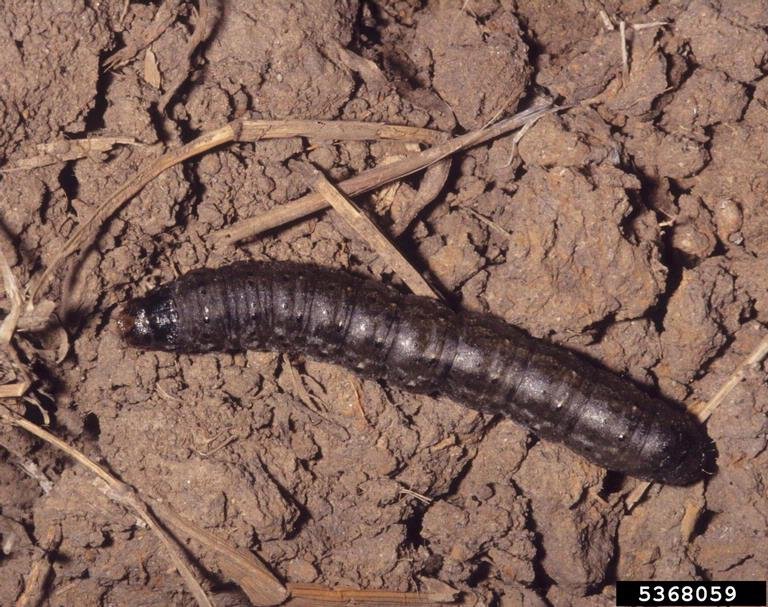
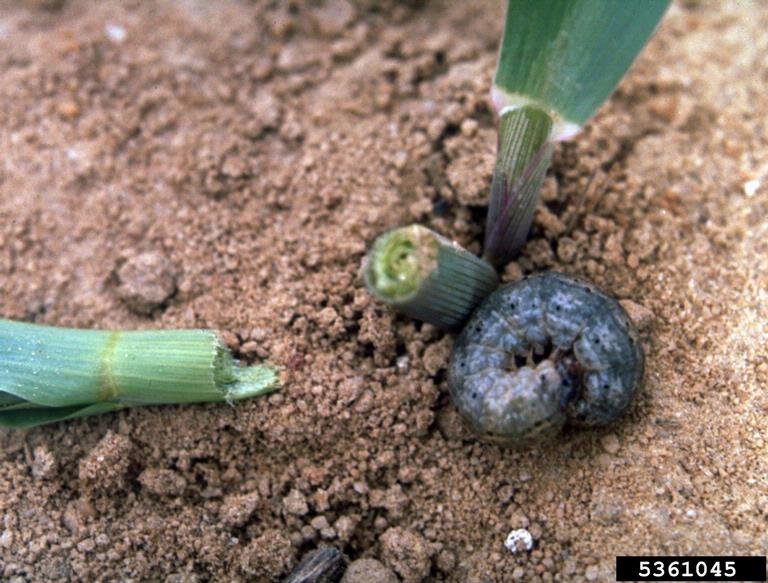
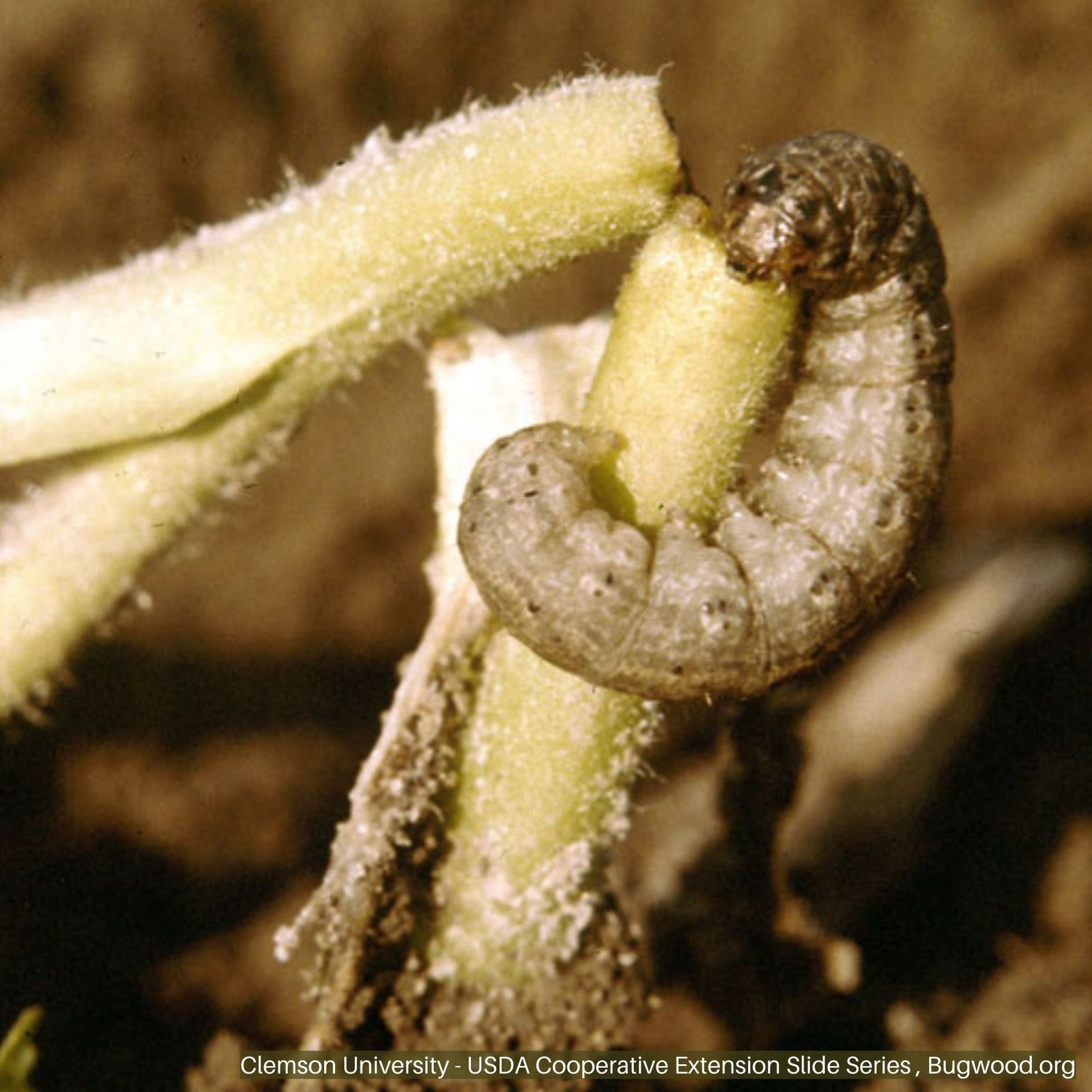
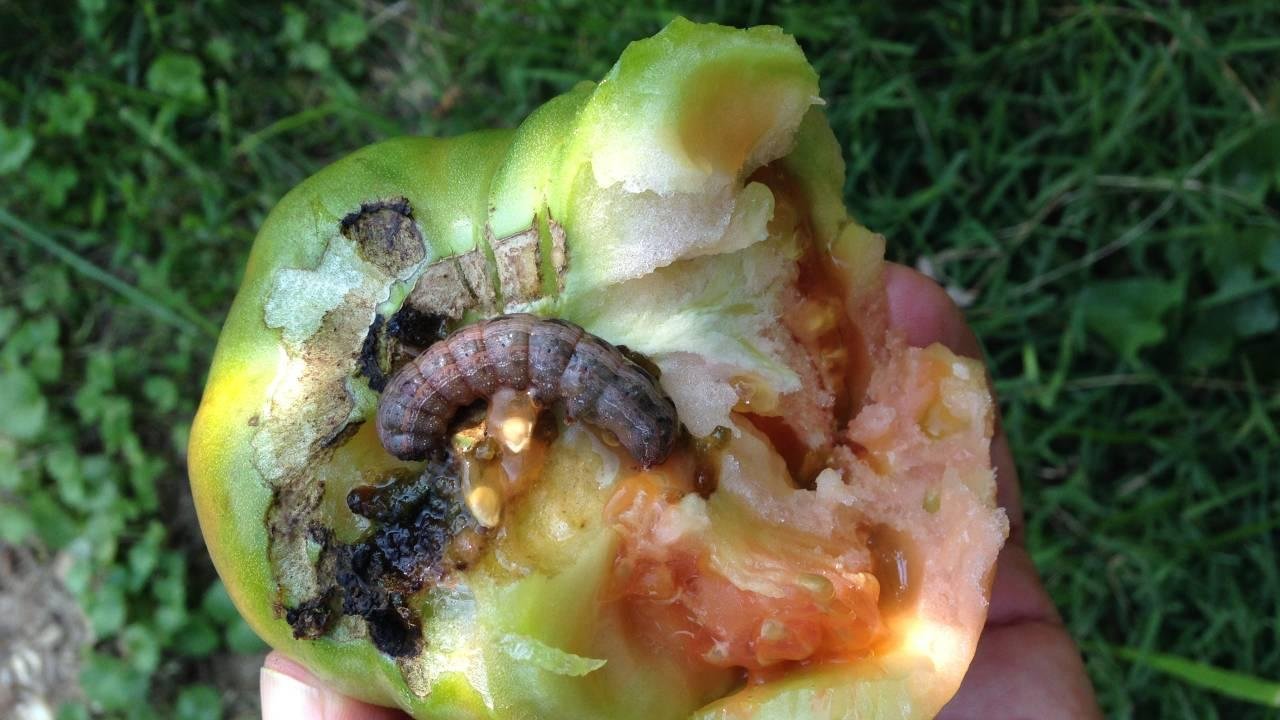
Losses of disease spread
It is found in abundance - in the Jordan Valley, neighboring Arab countries, and India. It infects many plants, such as tomatoes, potatoes, eggplant, peppers, and beans.
Control strategy
- Mechanical control
- Physical control (tillage, sanitation, pruning, solarization)
- Insecticides
Preventive measures to prevent the occurrence of the disease
- a . Plow the land well and sunbathe it.
- B . Eliminate the bush because it attracts many butterflies to lay eggs on it.
- C. All larvae found under infected plants are manually removed and burned by burning.
- Dr.. Irrigating the land abundantly, which leads to the destruction of many of the larvae present in the soil.
Chemical control recommendations
- Emamectin benzoate
- Vacypermethrin
- Indoxacarb
Anti-membership recommendations
The black cutworm has many enemies including parasitic wasps, flies and predatory insects such as weedhoppers. Bio-insecticides based on viruses and fungal pathogens also provide effective control of the worm infestation. Natural predators should be encouraged by avoiding the use of pesticides unless necessary.
In conclusion, we would like to note that we, at the world of plants website, offer you all the necessary services in the world of plants, we provide all farmers and those interested in plants with three main services::-
- Artificial intelligence consulting service to help you identify diseases that affect plants and how to deal with them.
- Blog about plants, plant diseases and care of various crops ... You are currently browsing one of her articles right now.
- An application that provides agricultural consultations to clients, as well as a service for imaging diseases and knowing their treatment for free – Click to download the Android version from Google Play Store، Click to download the IOS version from the Apple App Store.
References:
Cutworm, its symptoms, damage to plants, and ways to combat it - alnabate
Black cutworm - plantix
Black cutworm ipsilon (hufn) agrotis - almerja



